Short for potential hydrogen, "pH balanced" is a term widely advertised in the skin care industry that claims "pH balanced" products are more beneficial to your skin. While it is true that our skin is generally more acidic, our face and hair are not really affected. There is no standardised or correct reading for the entire body. Different parts of our body serves different purposes and each of these requires a different acidic-alkaline environment for best performance.
Unknown to many, our skin actually needs to be a little acidic to retain moisture and resist germs, bacteria and other surface toxins. The acidic conditions of the skin are caused by normal secretions and breakdown of fatty acids on the skin by good bacteria that live on our skin.
So is using "pH balanced" products important? Yes and no. Most mass market products have their pH levels checked and neutralised before packaging. The term "pH balanced" is more of a marketing ploy these days. What is the logic of making a product with chemicals knowing it's too acidic or alkaline on the skin, but think it's ok to neutralise it with even more chemicals so the product is useable?
Most of us are not born with skin disorders. Your skin pH level is also relative. Advertisement for FMCG products will also not tell you that the chemicals added to "pH balanced" products can be more damaging than beneficial as they will not change the natural pH of skin secretions. These synthetics will however strip your skin of its natural oils, develop irritating skin conditions and actually prevent your skin from managing its own pH balance.
Now that we've lifted that black cloud on "pH balanced" and what it means to you and your skin, you can be a savvier consumer and make a more informed decision on what you buy next. The most accurate test is really how the product feels on you.
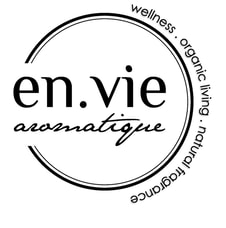
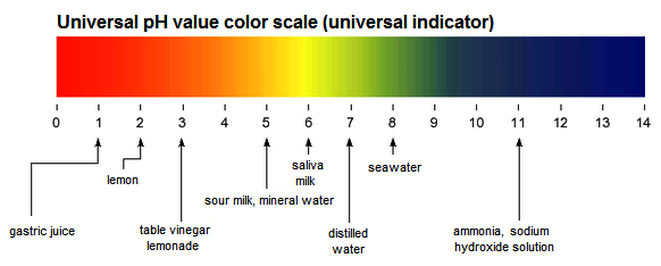

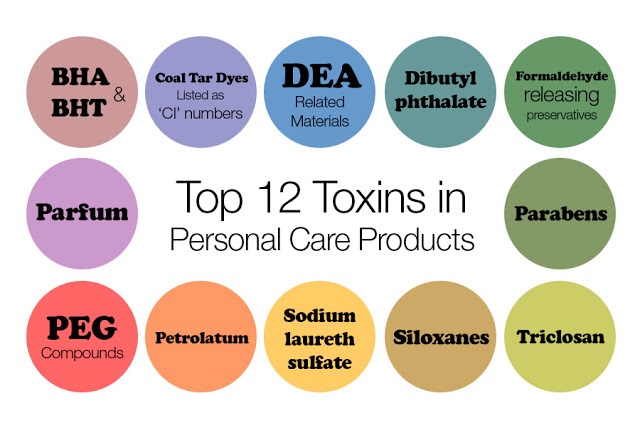
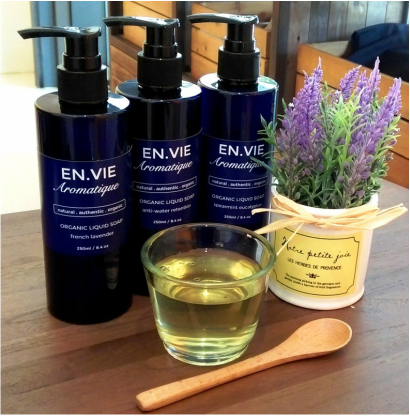
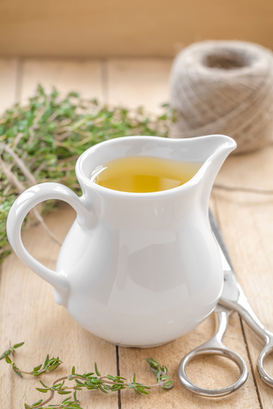
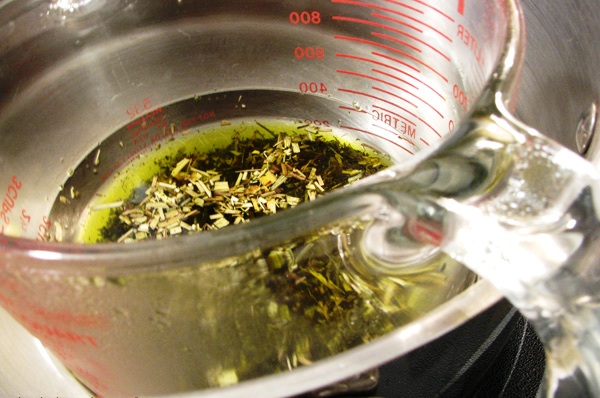
 RSS Feed
RSS Feed
